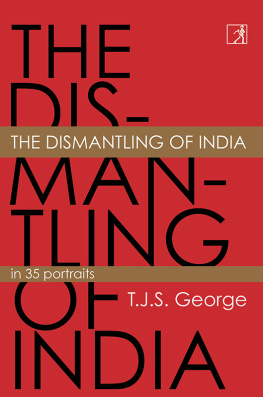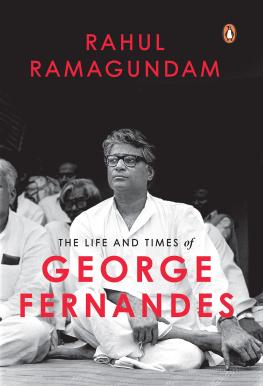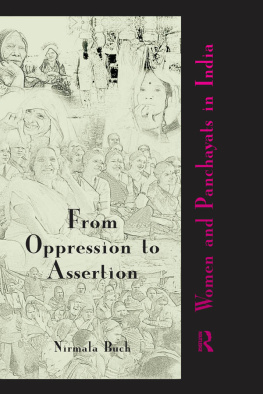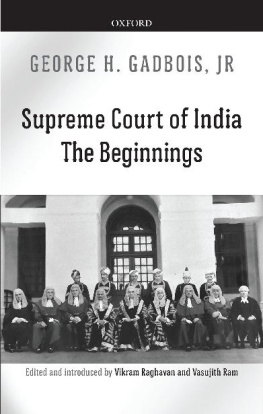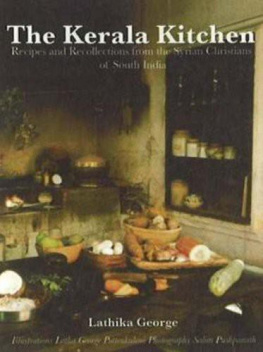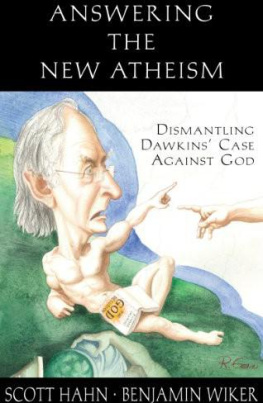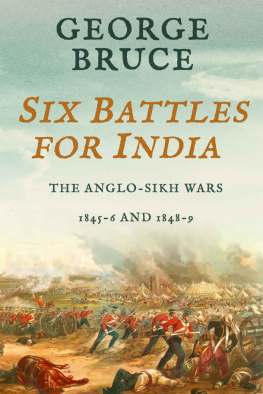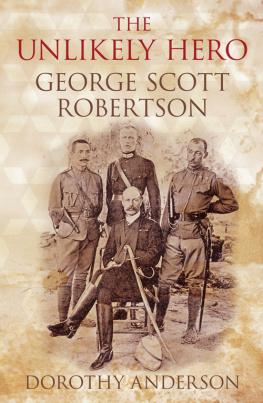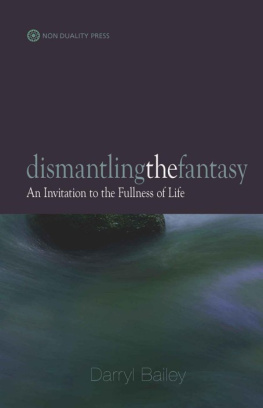TJS George - The Dismantling of India
Here you can read online TJS George - The Dismantling of India full text of the book (entire story) in english for free. Download pdf and epub, get meaning, cover and reviews about this ebook. year: 2022, publisher: S&S India, genre: Politics. Description of the work, (preface) as well as reviews are available. Best literature library LitArk.com created for fans of good reading and offers a wide selection of genres:
Romance novel
Science fiction
Adventure
Detective
Science
History
Home and family
Prose
Art
Politics
Computer
Non-fiction
Religion
Business
Children
Humor
Choose a favorite category and find really read worthwhile books. Enjoy immersion in the world of imagination, feel the emotions of the characters or learn something new for yourself, make an fascinating discovery.
- Book:The Dismantling of India
- Author:
- Publisher:S&S India
- Genre:
- Year:2022
- Rating:5 / 5
- Favourites:Add to favourites
- Your mark:
- 100
- 1
- 2
- 3
- 4
- 5
The Dismantling of India: summary, description and annotation
We offer to read an annotation, description, summary or preface (depends on what the author of the book "The Dismantling of India" wrote himself). If you haven't found the necessary information about the book — write in the comments, we will try to find it.
The Dismantling of India — read online for free the complete book (whole text) full work
Below is the text of the book, divided by pages. System saving the place of the last page read, allows you to conveniently read the book "The Dismantling of India" online for free, without having to search again every time where you left off. Put a bookmark, and you can go to the page where you finished reading at any time.
Font size:
Interval:
Bookmark:

THE DISMANTLING OF INDIA
ALSO BY T.J.S. GEORGE
Biography
Askew: A Short Biography of Bangalore
M.S. Subbalakshmi: A Life in Music
The Life and Times of Nargis
Lee Kuan Yews Singapore
Krishna Menon, A Biography
Pothan Josephs India
Jawaharlal Nehru
Journalism
The Goenka Letters: Behind the Scenes at the Indian Express
The Provincial Press in India
Editing: A Handbook for Journalists
Moments
Reference
The Enquire Dictionary: Ideas, Issues, Innovations
The Enquire Dictionary of Quotations
Politics
The First Refuge of Scoundrels: Politics in Modern India
Revolt in Mindanao: The Rise of Islam in Philippine Politics
Revolt in Bihar: A Study of the August 1965 Uprising
In Malayalam
Ghosha Yatra (Procession)
Nadodi Kappalil Nalu Masam (Four Months on a Cargo Ship)
Ho Chi Minte Nattil (In the Land of Ho Chi Minh)
Malayaliyude Swathu: Bashir mudal Mohanlal vere (Malayali Wealth: From Bashir to Mohanlal)
THE DISMANTLING OF INDIA
in 35 Portraits
T.J.S. GEORGE
Illustrations by
Tapas Ranjan and Soumydip Sinha

FOREWORD
In 1997, fifty years after Indian Independence, I began writing a column titled Point of View for the Indian Express. It appeared without a break for a quarter century, that is, until June of 2022. A years 52 weeks multiplied by 25 tells me I wrote a staggering 1,300 columns in all. Some of the pieces were profilesof artists, politicians, entrepreneurs, criminals and thinkers. The idea then came to me that it would be possible to construct a history of India by looking at a selection of the personalities that have dominated the nations attention for 75 years. This book is the fruition of that idea.
Special thanks to Simar Puneet, for editing and steering the book, Sayantan Ghosh for providing the harbour, and to my son Jeet Thayil for everything else.
INTRODUCTION
Is journalism historys first draft? Much of journalism is reportage, which is understood as the style in which news is reported. This can be factual or biasedand if expert hands are handling the bias, you wont even notice it. Evidently, what matters is not the journalist but what he reports and how he reports it. Martin Luther King Jr. was enough of a realist to say: We are not makers of history; we are made by history. Most politicians in power will say, openly or through their actions, that they are the makers of history. Outwardly, it would appear to be so. Who can deny that Narendra Modi is a maker of current history? The history he makes is a different issue. The logic of power surpasses individual quirks.
But political leaders are a transient phenomenon. Even Jawaharlal Nehru, Indias most venerated prime minister, had his innings and was then put in a corner. Karl Marx got it right when he said: Men make their own history, but they do not make it as they please; they do not make it under self-selected circumstances, but under circumstances existing already, given and transmitted from the past. The tradition of all dead generations weighs like a nightmare on the brains of the living. And just as they seem to be occupied with revolutionising themselves and things, creating something that did not exist before, precisely in such epochs of revolutionary crisis they anxiously conjure up the spirits of the past to their service, borrowing from them names, battle slogans and costumes in order to present this new scene in world history in time-honoured disguise and borrowed language.
Marx had his own view of India as he lived in an age when India was a synonym for Hinduism. And his view of the religion of Hindostan was typical of his times. He saw Hinduism as at once a religion of sensualist exuberance and a religion of self-torturing asceticism; a religion of the Lingam and of the juggernaut; a religion of the Monk and of the Bayadere (a female temple dancer).
That was a rather crude way of saying that Hindustan had a non-religious concept of Hinduism. It was always a surprise to the uninitiated that Hinduism could be a culture more than a religion. The culture encompassed everything, from the Brahman who was formless, all-inclusive and eternal, to the Atman, the universal self, identified with the external core of personality. The essence of the message is that the individual is basically a soul that uses its body and mind as instruments to gain experience. The experience so gained is used for the well-being of all. The individual working for the common goodthat is a civilisational dictum.
This book examines certain individuals who made themselves special by working for the common good. Sometimes their concept of the common good wasnt very good at all. But that did not reduce their historical significance. What, after all, is the significance history gives to events? Marx gives us food for thought when he says, in the course of an article he wrote for the New York Herald Tribune in June 1853: England has broken down the entire framework of Indian society. This meant loss of the old world, with no gain of a new one. It imparts a particular kind of melancholy to the present misery of the Hindu and separates Hindostan from the whole of its past history.
The story of the individual helps us to understand melancholy as well.
T.J.S. George
July 2022
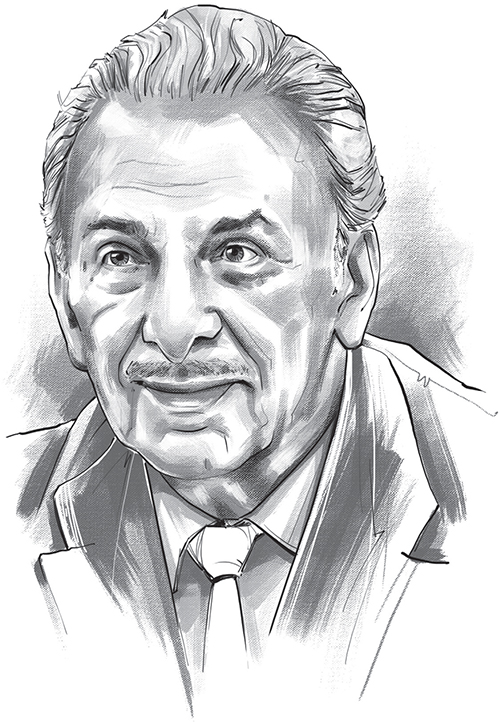
J.R.D. TATA
Public Trust, Public Good
In mid-2012, out of the blue as it was, reports appeared saying that Air India was preparing to sell its art collection, one of the most valuable in the world. This was when the national carrier, mishandled by national leaders for long, had run up a debt of 43,777 crore and accumulated losses (in the previous five years) of 27,700 crore. Fortunately, the family jewels were not sold at that time. Six years later, in mid-2018, again unexpectedly, came an announcement that the government was open to the idea of putting up the Air India collection as a permanent art exhibition under the custody of the National Gallery of Modern Art. This followed a proposal by an Air India chairman to set up a museum at the airlines own headquarters in Mumbais Nariman Point. A tender was floated, estimating the museums cost at 3.5 crore. It came to naught when the government decided in mid-2017 to privatise the national carrier. It is another matter that there were no takers for the privatisation idea. What was at stake was a unique collection of about 8,000 artistic treasures. Nearly 4,000 were paintings by masters of Indian art, from M.F. Husain and K.H. Ara to S.H. Raza and V.S. Gaitonde. There were sculptures and woodwork, antique clocks and memorabilia, some of them going back to the 9th century. There were ash trays designed by Salvador Dali, which were meant to be gifted to first class passengers. Air Indias menu cards were famous for the paintings reproduced on them. These too were faithfully collected and listed among the treasures.
What was an airline doing with paintings and sculptures? That is a question that will take us to the magnificence that was Air India in its early days and the shame it became later. It was a proud national flag carrier in every sense of the term until it turned into a national embarrassment following nationalisation. Across the board, nationalisation meant the replacement of visionaries by shortsighted politicians and bureaucrats. It denuded the country of its aesthetics, its joie de vivre, its buoyant liberalism, converting even the cheerful cosmopolitanism of Bombay into the arbitrary micro-culturalism of Mumbai. Air India withered in that climate. But that did not affect either the reputation or the leadership position of the Tatas, a name that had come to represent all that was good and noble. Behind that reputation were the insights that guided the conglomerates founding father, Jamsetji Nusserwanji Tata. When he set out on his mission in the mid-19th century, Jamsetji laid down two principleskeep social responsibilities in mind while pursuing business success, and uphold nationalism in the era of colonialism. The dreams he had developed could not all be realised during his lifetime. But the standards he set helped Tata enterprises develop a character and a social standing that were unequalled. That standing won fresh laurels under J.R.D. Tata whose principle Live life a little dangerously gave his persona a touch of glamour. J.R.D. took Jamsetjis mission to new horizons by building on the humanism that had guided the founder.
Next pageFont size:
Interval:
Bookmark:
Similar books «The Dismantling of India»
Look at similar books to The Dismantling of India. We have selected literature similar in name and meaning in the hope of providing readers with more options to find new, interesting, not yet read works.
Discussion, reviews of the book The Dismantling of India and just readers' own opinions. Leave your comments, write what you think about the work, its meaning or the main characters. Specify what exactly you liked and what you didn't like, and why you think so.

